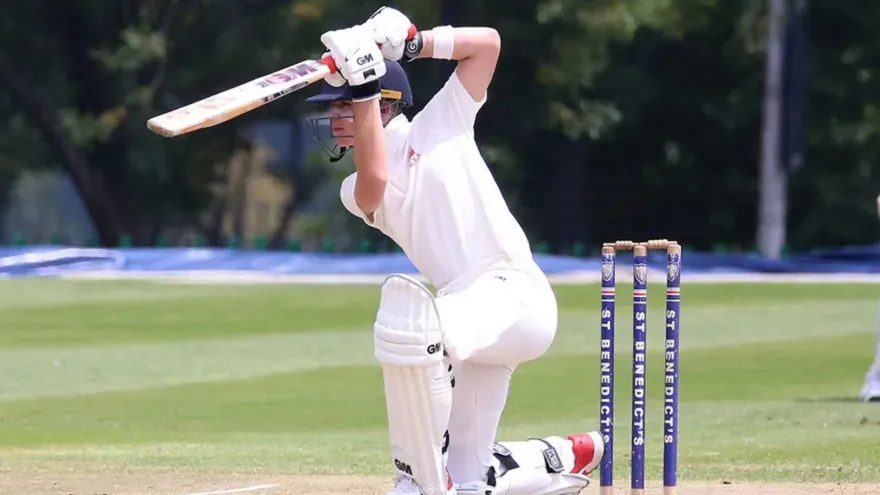A no ball is an illegal delivery provided by the bowler. And Most methods of dismissal, including the most common three – bowled, LBW and caught – do not apply in the event of a no ball being called. If no bowl is done by a bowler then the only method to out the batsman is runout.
One run is also added to the batting side’s total and the delivery must be bowled again. A no ball can be called in a number of different circumstances. It is the umpire's duty to give no ball and signal for free hit in relation to the next delivery, A free hit allows the batsman to strike the ball and, once again, he cannot be given out in most circumstances.
Different types of no ball in cricket
As of 2021, there are six main ways in which a no ball can be called by the umpire. Some of the types of no ball discussed below are traditional and have been part of the laws of cricket for centuries while others are relatively new.
1. Front foot no ball
The most common type of illegal delivery is a front foot no ball. In order for a delivery to be considered legal, the bowler must have some part of their front foot behind the popping crease when the ball leaves their hand. If a bowler’s foot lands behind the line and subsequently slides over it then that’s OK as the no ball can only be called and signaled at the point in which the foot hits the ground.
Also Read | Fast Bowling- All you need to know
2. No Ball for Bowler Touching the Return Crease
The return crease is represented by the two vertical lines to the side of the stumps at either end. When delivering the ball, the bowler must stay within the confines of these lines and if he were to break them with either foot, the standing umpire shall call and signal no ball.
3. No Ball Called Based on Height (Full Toss)
Cricket is working hard to dangerous play and, as such, a no ball can now be called if a full toss is delivered above waist height. To be called a no ball, the delivery must be deemed to be above waist height at the point that it would reach the batsman in their normal stance.
Also Read | All Cricket Fielding Positions explained
4. No Ball for the Ball Bouncing Over Head Height
Height is also an issue in our next type of no ball but, in this instance, the delivery is able to bounce. If, after the ball has bounced, it travels over the batsman at above head height, a no ball should be called.
Also Read | Off Spin Bowling - All you need to Know
5. No Ball for the Ball Bouncing Multiple Times or Pitching Off the Strip
Recent changes to the Laws of cricket have introduced a separate set of circumstances where a no ball can be called and signaled. In cricket, a delivery is only allowed to bounce once before it reaches the batsman. If the ball bounces two or more times, the standing umpire shall call and signal no ball.
Also Read | Leg Spin Bowling- All You Need to Know
6. No Ball if Bowler Breaks the Wicket In Delivery
This is a relatively new addition to the list of no balls and it underlines how cricket’s laws have evolved over the years. For the bowler breaking the wicket at his own end after the ball comes into play and before he completes the delivery stride, the umpire shall call and signal no ball.
Also Read | Different types of Bowling in Cricket














